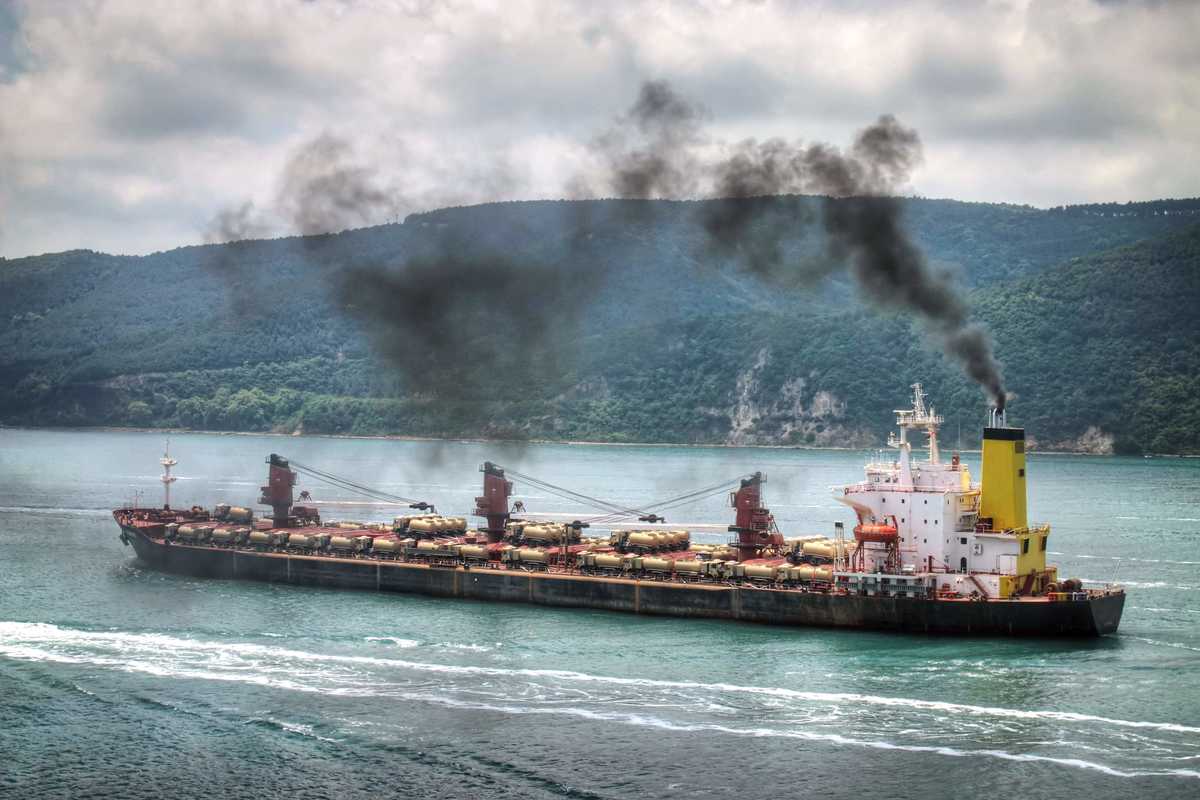Onboard carbon capture and storage offers opportunities 'beyond fuels' - DNV
DNV endorsed onboard carbon capture and storage as a crucial medium- to long-term solution for overcoming alternative fuel shortages and meeting emission reduction targets.
 PHOTO: Getty Images
PHOTO: Getty Images
Classification society DNV's latest 'Maritime Forecast 2050' report outlined the challenging road ahead to meet shipping's ever-harder emission reduction goals.
The underlying message of DNV's report was that the shipping sector needs to think "beyond fuels" to achieve tighter emissions reduction goals; and found onboard carbon capture as one of the most promising options to do so.
A wide range of alternative fuels, such as LNG, biofuels, ammonia and methanol, have the potential to significantly reduce emissions depending on the feedstock. The competition for these fuels will, however, intensify as other industries switch to alternative fuels to meet their respective decarbonisation targets. This scenario will lead to carbon-neutral fuel being "costly and in scarce supply", DNV explained grimly.
DNV’s advice aligns with a report by Maersk McKinney Moller Center for Zero Carbon Shipping (MMMCZCS), which warned shipowners against relying solely on synthetic fuels for decarbonisation. MMMCZCS believes a potential renewable energy shortage would impede green fuel production by 2040.
Thinking inside the box
Therefore, “shipowners must therefore focus beyond fuels, in particular on what can be done now to achieve energy efficiencies and carbon emission reductions,” DNV added.
ABS recently highlighted CCS as a potential frontrunner for reducing maritime well-to-wake (WTW) emissions. DNV, however, took it a step further and recommended this technology be used directly on vessels to capture CO2 emissions from exhaust gases.
DNV underscored that onboard carbon capture and storage on vessels would allow ships to use fossil-based fuels while significantly reducing emissions. This would ease the burden of producing green and blue fuels, like e-methanol or blue ammonia, to meet shipping demand.
According to the report, the success of onboard CCS would depend on a developed infrastructure for shore-based sequestration. Furthermore, the report estimated that adequate storage will be needed to address shipping's 1,000 million mt/year of CO2 emissions.
DNV proposed chemical absorption, membrane separation, and cryogenic capture as possible alternatives for capturing CO2 from the vessel’s exhaust gases. However, it preferred chemical absorption using amines.
Meanwhile, although CCS can reduce carbon emissions, alternative fuels still remain imperative. According to DNV, CCS should be "optimized" to work with carbon-neutral fuels if carbon reduction requirements exceed the system's capabilities.
“Capturing CO2 while running on carbon-neutral fuels will remove CO2 from the global carbon cycle,” the report concluded.
By Konica Bhatt
Please get in touch with comments or additional info to news@engine.online





